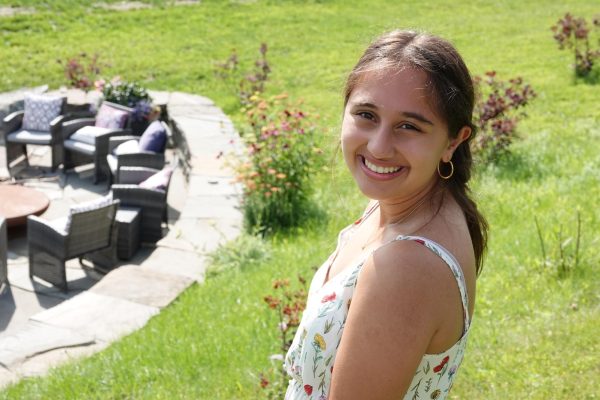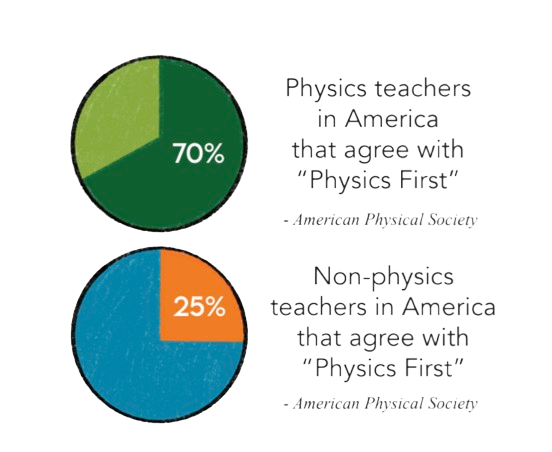Human Trafficking in New Jersey
When I first walked into the temple, I remarked at its elegance and artistry. Now I see the true abuse hidden beneath the polished marble grace.
A few months ago, my grandmother excitedly called me and my cousins and told us we would be joining her on a visit to the Bochasanwasi Shri Akshar Purushottam Swaminarayan Sanstha (BAPS) Temple in Robbinsville, New Jersey. Her enthusiasm wasn’t due to the religious meaning behind the temple, but rather the beautiful and detailed marble structures in and around it.
Upon our arrival, we noticed many construction workers continuing to expand the already massive place, and we couldn’t help but wonder how the ornate pillars had been carved. After leaving the temple, our thoughts were occupied by its beauty and the delicious dosas we ate until my mom said, “Have you heard about that temple that was built by slaves here a little while ago?”
With a bit of investigation (otherwise known as a Google search), we realized with shock that she was referring to the temple we had gone to, which is currently under FBI investigation for forced labor. With the BAPS temple front and center in my mind, I knew I needed to look deeper into its tragic and distressing story.
According to The Independent UK, workers at the temple “claimed that they worked at the construction site as far back as 2012,” and came from a very low level of India’s caste system. If they spoke with people outside the grounds, the workers “were threatened with pay cuts, arrests and return to India.”
Many of these workers spoke no English and had their passports confiscated when they arrived. They were earning only $1.20 a day and working over 80 hours a week. In no way does this abide by New Jersey’s laws, where minimum wage is $12 an hour and overtime pay is required for those working more than 40 hours a week.
NJ.com gives us more insight into the living conditions of the 200 people forced to work at the BAPS temple. In the lawsuit that the website cites, the workers came to the US on religious visas, which are “for persons who want to enter the United States to work temporarily in religious capacities,” according to travel.gov.
However, the workers weren’t actually working in religious capacities, just on religious grounds. Allegedly, they were woken up at 6:30 AM and could only stop at 7:30 PM, with a few brief breaks throughout the day. Their already minimal pay could be seized for minor offenses such as forgetting to wear their helmets, “idling, smoking or ‘otherwise not acting in accordance with temple rules.”
Even worse, “they had to manage stones that weighed several tons,” and “were exposed to and breathed dust from cut stones and chemical solutions used to soak the stones,” which is very damaging to one’s health.
These circumstances led me to question how something so terrible could happen right next door for so long. Masked by intricate, marble works of art, the BAPS temple had countless skeletons in its closets.
The atrocities committed by the owners of the temple clearly show how easy it is to hide behind a cloak of beauty. By using religious visas, they tricked the government while raking in unethical money. As reported by WHYY.org, BAPS supported COVID-19 relief in India while exploiting the lower class in India struggling the most. Essentially replicating the caste system in India, the BAPS temple forced the lower class to work in unimaginable conditions in order to support their struggling families at home.
It is frightening that something like this could happen in America, one of the richest countries in the world. I had no idea that a situation involving human trafficking could occur in a place that I enjoyed visiting. Knowing what happened in the BAPS temple encouraged me to look deeper than the shiny, clean surface. When I first walked into the temple, I remarked at its elegance and artistry, but now I see the true abuse hidden beneath the polished marble grace.

Avani is the Editor-in-Chief of the Hourglass and has written for the paper since 9th grade. She loves playing tennis, spending time with friends, and...
































